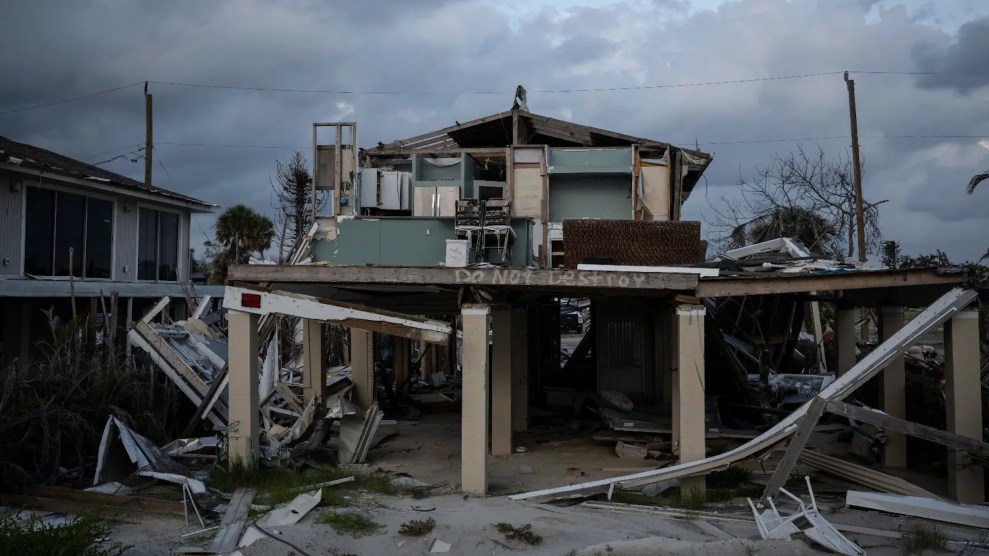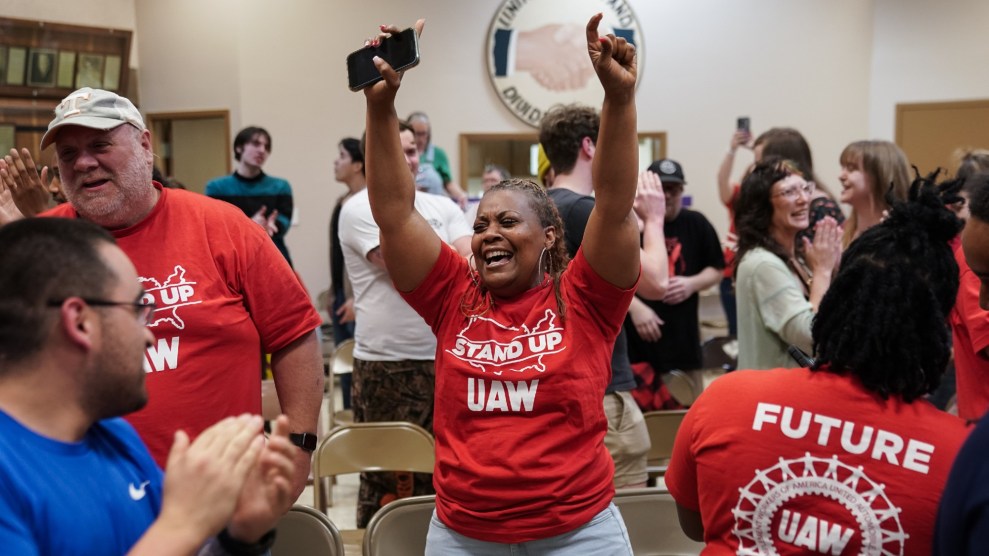In the spring of 2002, an Army major named Peter Kilner submitted an unusual essay to Military Review, a journal published by the Combined Arms Center in Fort Leavenworth, Kansas. Kilner argued that combat leaders have an obligation to justify the killing their soldiers do. “Soldiers who kill reflexively in combat will likely one day reconsider their actions reflectively,” he wrote. “If they are unable to justify to themselves that they killed another human being, they will likely, and understandably, suffer enormous guilt” that could balloon into post-traumatic stress disorder (ptsd). Top brass who ignored the issue, he concluded, were “treating their soldiers as commodities, not as persons.”
As an active-duty infantryman suggesting that a soldier’s most basic task could be emotionally self-destructive, Kilner had broken a giant taboo. Not surprisingly, his article didn’t go over well. Former drug czar General Barry McCaffrey, a colleague of Kilner’s at West Point, dismissed his argument out of hand. “He and some of the older generation really felt like, ‘Soldiers kill; they have no problem killing the enemy,’ ” Kilner recalls. “The question seemed to him just not a question.” (McCaffrey did not respond to requests for comment.) At one point, a few of Kilner’s superiors tried to discourage him from presenting his ideas publicly. “They told me it’s bad PR,” he says. “I literally had a colonel pull me in the closet and threaten to break me if I spoke to the press.”
But Kilner may have been on to something. Military doctors estimate that 20 percent of soldiers and 42 percent of reservists have returned from Iraq with some kind of psychological problem. Army suicides have more than doubled since 2001, hitting a 27-year high in 2007. The military has failed to address these problems in a systematic way. An investigation by National Public Radio found that the Army had punished and kicked out soldiers with ptsd; two veterans groups are currently suing the Department of Veterans Affairs for its “shameful failures” in providing mental health treatment.
In 2006, a Pentagon team concluded that the biggest predictors of mental illness were the length of a soldier’s deployment and how often he experienced combat. Yet Kilner says the real issue is not the time you do, but how you deal with that time. “People don’t have nightmares about, ‘It’s another Groundhog Day.’ They have nightmares about the killing they’ve done and seen.”
Now a lieutenant colonel, Kilner helps run the Center for Company Level Leaders at the US Military Academy at West Point. He’s been interested in the ethics and impact of killing since 1994, when he was a young Airborne captain preparing to deploy to Haiti. A devout Catholic, he asked an Army chaplain what justified the killing he might do. “The president says it’s right, so it’s right,” the chaplain replied. Kilner didn’t end up killing anyone, but he wondered if the Army had mentally prepared him to do so.
“When the military lists wartime causes of mental illness,” he told me in his office overlooking the Hudson River, “they talk about, ‘Oh, it’s hot; oh, it’s scary,’ looking at what happens to soldiers without any mention of the violent things soldiers actually do.” By interviewing combat veterans, Kilner hopes to spur an internal debate between traditionalists who say any discussion of killing undermines morale, and those who say the military is ignoring a major cause—perhaps the major cause—of ptsd.
One of the soldiers Kilner has talked with is Major Rob Hefner, a 42-year-old Texan who ditched a stateside post for a combat tour in Iraq. One day in June 2005, Hefner came under fire at an Iraqi army checkpoint. He spotted a figure with a rifle approximately 300 feet away. “He was gonna shoot at my soldiers,” Hefner recalls. “That is not a permissible action.” He raised his M-4, zeroed in on the man’s chest, and fired once. “At the time I fired the shot, all I felt was the satisfaction of seeing a round hit its intended target, like being out on the range,” he says.
After the firefight, Hefner went to look for the body. “I really can’t answer why,” he says. “Probably a part of me wanted to humanize the guy.” Hefner asked the Iraqis what they intended to do with the corpse. “We don’t bury dogs,” one replied. “They left him there to rot, and for weeks, if the wind was right, you could smell him,” Hefner says.
“I didn’t regret in any way, shape, or form what I did. But neither did I delude myself by saying it was the right thing to do.” He stops to think about his next words. “I’m okay with having done a wrong thing for the right reasons.”
Getting soldiers like Hefner to talk is not easy, partly due to etiquette. “As crazy as it is, it’s a question that’s just impolite to ask,” Kilner explains. When he first approached soldiers online, he recalls, “My question—’How do you justify killing to yourself?’—rubbed some people really wrong. I remember one letter started, ‘Who the hell are you to question whether what I did was right or wrong?'” One soldier told Kilner that he should be spending his time “worrying about how to kill people.”
In his research, which has included two monthlong trips to Iraq, Kilner has noted a pattern. Soldiers whose commanders openly discuss the dilemmas of killing before and after combat appear to cope well with their experiences. Soldiers who lack that support fall into isolation or depression. He paraphrases psychologist and retired Lt. Colonel David Grossman, the author of On Killing: “If you go into it cracked, you come out of it shattered. If you go into it strong, you come out stronger.” Hefner agrees with that assessment. “Let’s be honest. Most of our trigger pullers are kids, 18, 19 years old. How many of our 18- and 19-year-olds are anything but cracked?”
Clinicians have paid little attention to Kilner’s research, in part because it’s entirely anecdotal. It is difficult to estimate how many veterans might be adversely affected by the stress of killing because the military doesn’t collect statistics on how many have killed in the line of duty, not even among those who are treated for depression or ptsd. The lasting psychological consequences of killing are “strikingly under-researched,” according to Dr. Brett T. Litz, associate director of the National Center for ptsd. “Unfortunately,” he says, “we are just now getting serious about scientifically evaluating the unique psychological and social scars of killing and other potentially morally injurious experiences in Iraq.”
Many of the soldiers I’ve spoken with say that the military’s response to combat stress is ineffective. The Army provides soldiers with pocket guides on combat stress that feature kernels of wisdom such as “Try to look calm and in control” and “Drink plenty of fluids.” When they return from overseas, servicemen and -women are offered a questionnaire that is supposed to screen for ptsd. However, it does not ask directly if a soldier has killed anyone.
Soldiers who advocate a more honest discussion believe it can only come from their combat-tested officers and colleagues. “The answer is not more ptsd awareness and shrinks,” Hefner says. “Soldiers don’t need to lay on someone’s couch and talk about their childhood. They need the company of other soldiers…After all, why does the vfw exist?”
Kilner agrees, but he doesn’t expect the conversation to start soon. With 195,000 soldiers currently on combat tours in Iraq and Afghanistan, he explains, “Everyone’s really busy.”















